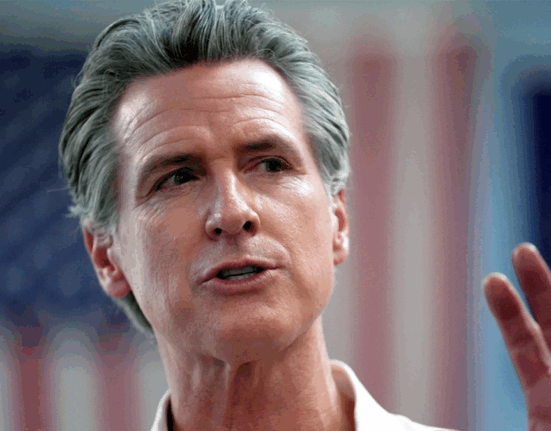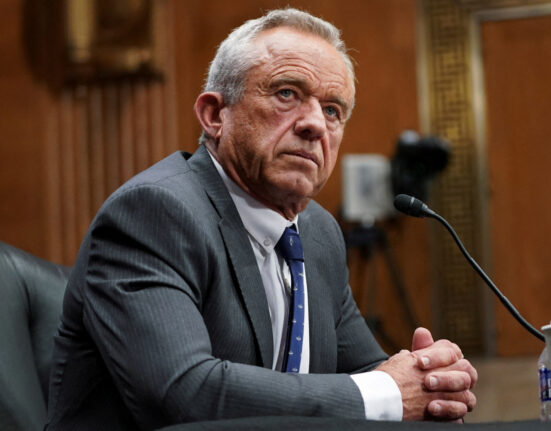Two men found themselves entangled in a web of deceit and espionage as they tried to stifle the voice of an artist who dared to criticize the Chinese government. In a curious turn of events, their scheme also involved attempting to smuggle sensitive U.S. military technology into China, painting a picture reminiscent of a Hollywood spy thriller.
The protagonists in this real-life drama are Cui Guanghai, a 43-year-old from China, and John Miller, aged 63, a British national with permanent U.S. residency status. According to federal prosecutors’ accounts, these two individuals orchestrated a campaign aimed at intimidating and harassing an unnamed dissident artist based in Los Angeles.
The focal point of their vendetta was an outspoken artist who had taken it upon himself to speak out against none other than President Xi Jinping of China. This courageous individual not only criticized the Chinese leader openly but also vented his dissent through provocative artworks that included sculptures depicting President Xi and his wife in compromising positions.
The plot thickened when Mr. Cui and Mr. Miller unknowingly enlisted the help of undercover FBI agents in their misguided mission. Their nefarious plans included placing tracking devices on the artist’s car, slashing its tires, and even contemplating the destruction of the controversial sculptures – all efforts aimed at silencing artistic expression through fear and intimidation.
However, despite their elaborate scheming, justice caught up with them as they now find themselves detained in Serbia under the watchful eye of federal authorities. The extradition process looms on the horizon as U.S. prosecutors gear up to bring these individuals back to face accountability for their actions.
This bizarre tale serves as a stark reminder of the lengths some may go to suppress freedom of speech and expression. It sheds light on the enduring power that art holds in challenging authority and pushing boundaries – even if it means facing grave consequences at the hands of those threatened by its influence.
Through this intricate saga unfolds a cautionary narrative about censorship, surveillance, and resistance – themes that resonate far beyond this isolated incident involving two individuals whose misguided attempts at control ultimately led them down a path fraught with legal repercussions.
In each twist and turn lies an echo of defiance against oppressive regimes; every sculpture symbolizes resilience against authoritarianism; each courtroom battle becomes a testament to the enduring spirit of those who refuse to be silenced by threats or intimidation tactics.
As we await further developments in this unfolding saga, one thing remains clear: art will continue to be a powerful tool for dissent and discourse – transcending borders, ideologies, and petty schemes concocted by those who seek to stifle its transformative potential.









Leave feedback about this